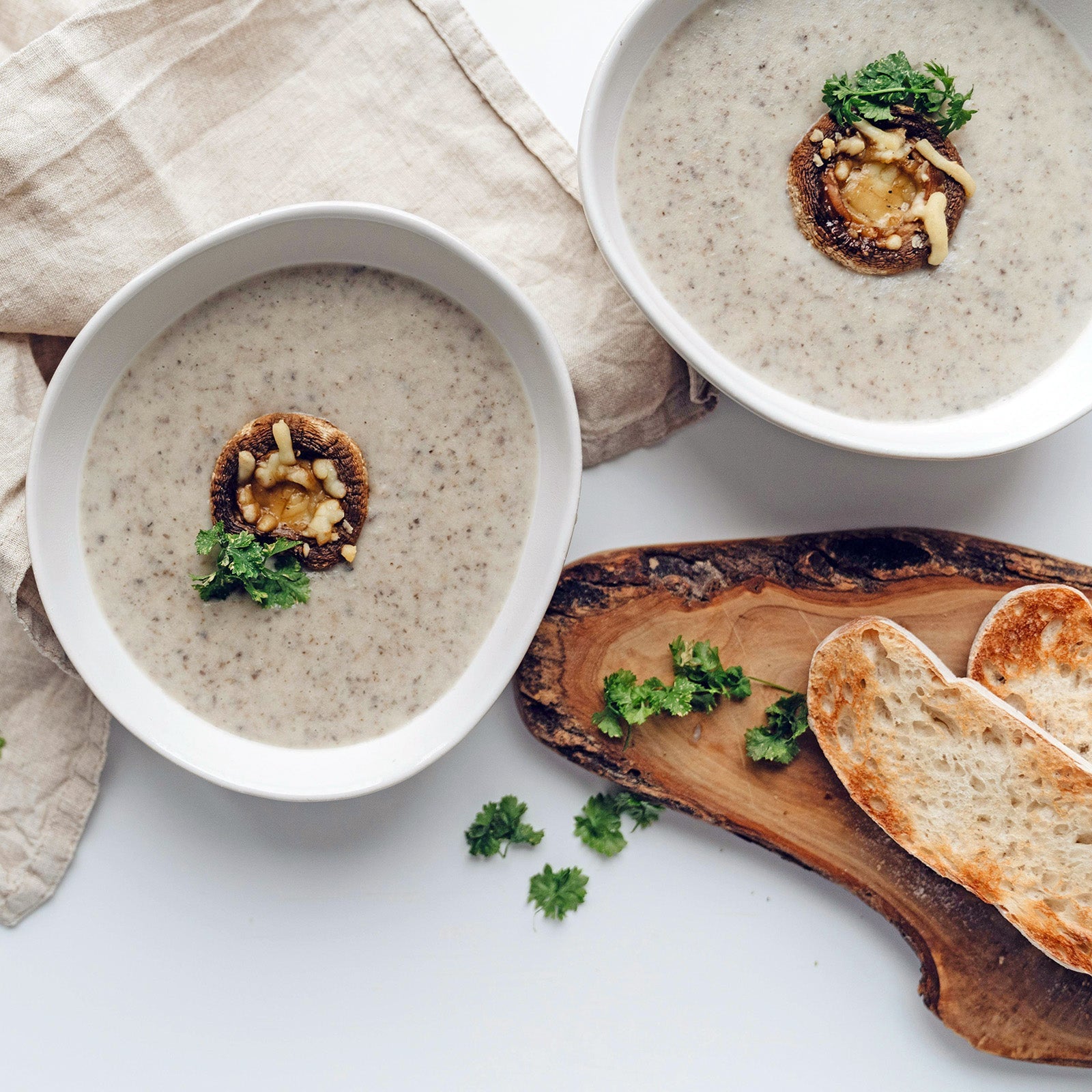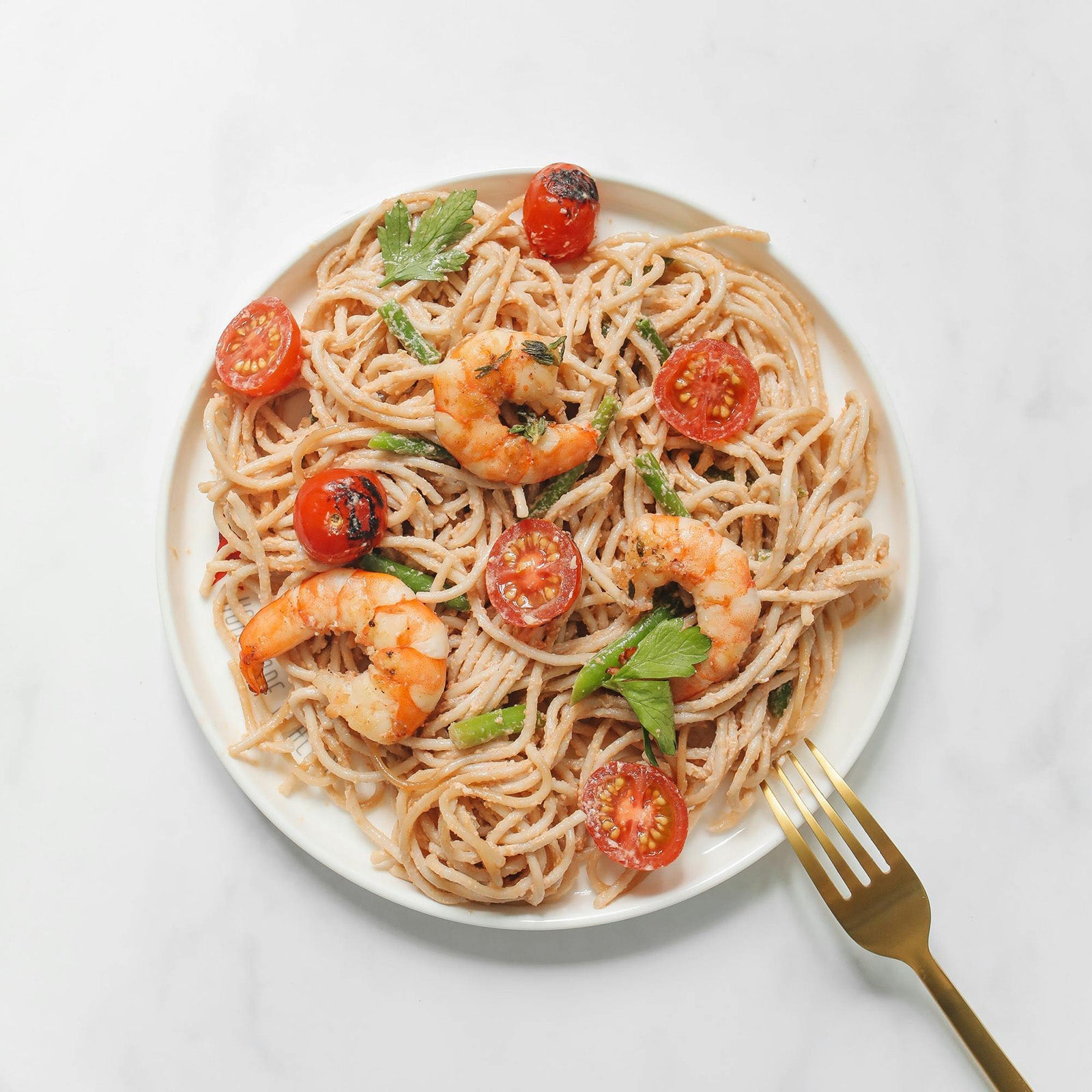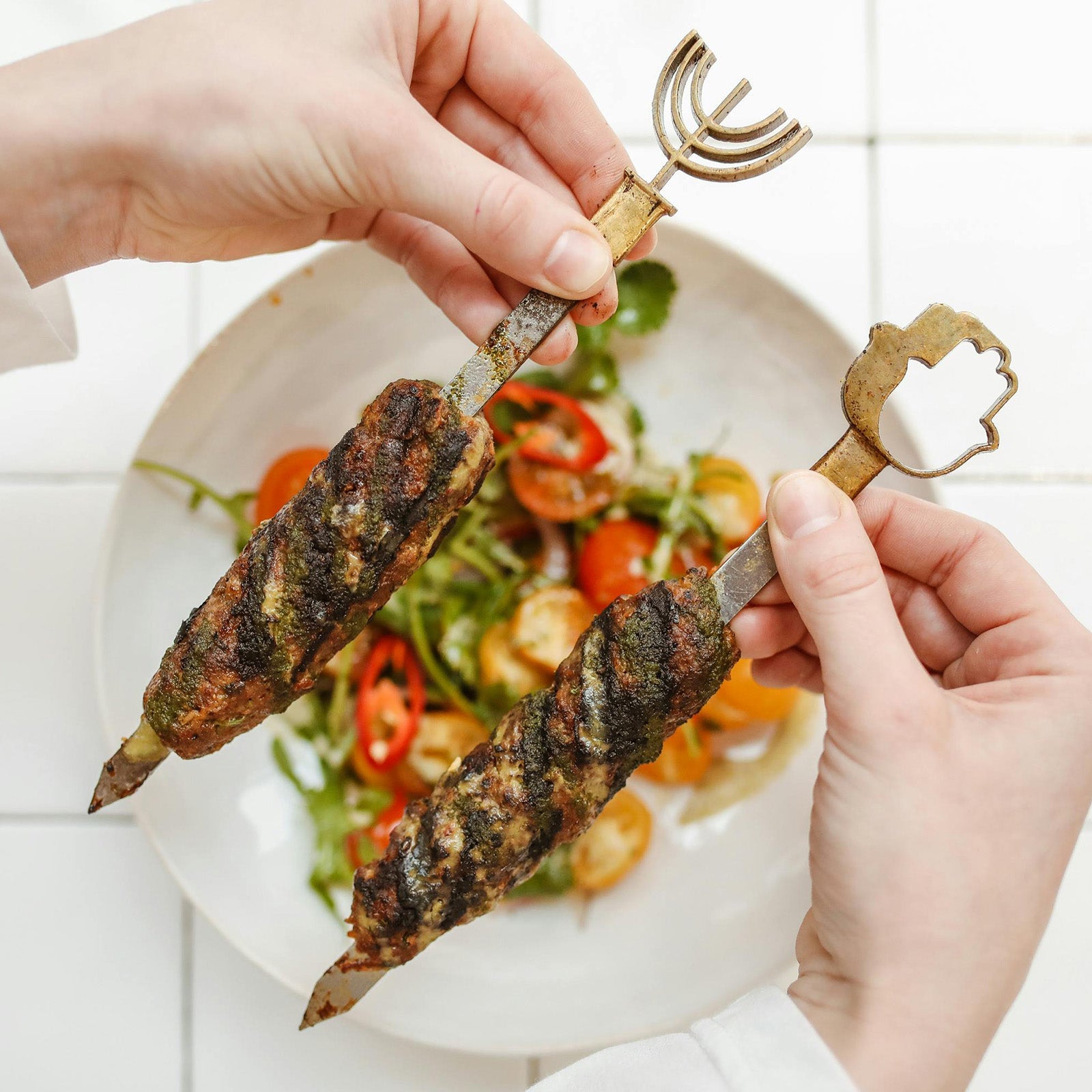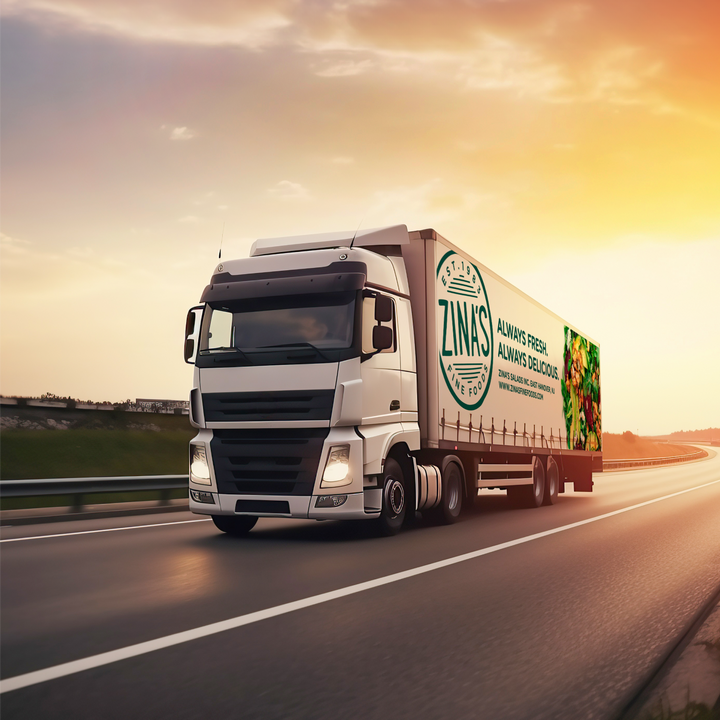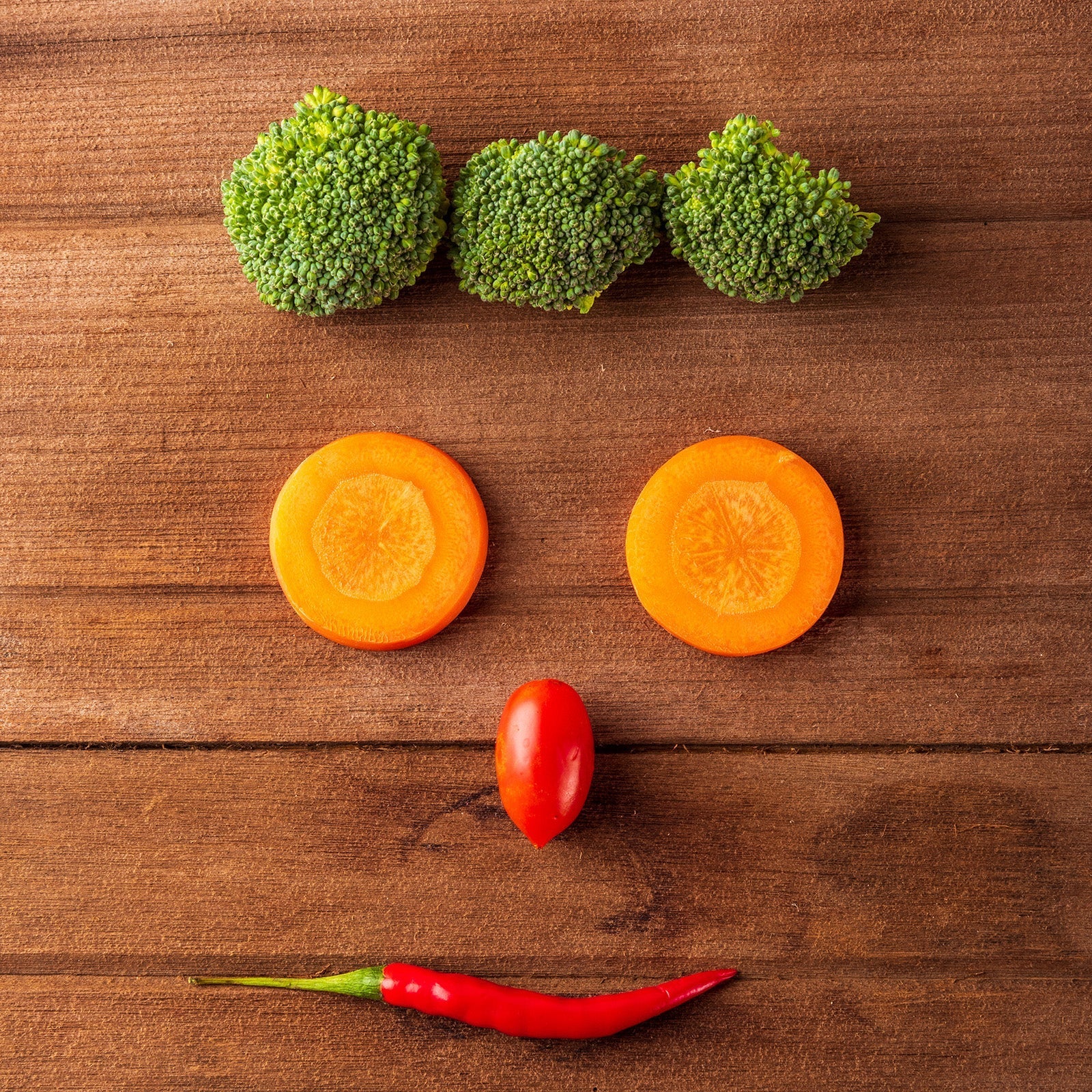
A FEW WEEKS AGO, I WAS IN OUR SOUTH PLAINFIELD FACILITY DOING WHAT I USUALLY DO WHEN MY CALENDAR LETS UP: WALKING THE PRODUCTION LINE AND TASTE-TESTING SKUS I’VE PROBABLY TRIED A HUNDRED TIMES.
One of the R&D team members handed me a spoonful of our Edamame Kale Salad—same batch, same spec. But it hit differently that morning. Maybe I hadn’t eaten yet, or maybe the lemon juice was brighter than usual, but I felt sharper after it. Lighter, but more awake.
It made me think about how vegetables aren’t just nutrients or macros—they’re signals. To the gut, to the brain, to the nervous system.
We don’t talk about that enough in prepared foods, especially not in the way people actually eat: in rushes, between calls, late at night standing at the fridge.
I’m not romantic about it. But I do think certain ingredients quietly do more than we give them credit for.
At Zina’s, we work with vegetables every day—washing, chopping, mixing, cooling. We know their margins, their prep times, their seasonal swings. But what’s become clearer to me over the years is how their real power shows up after consumption: in energy levels, digestion, and mood.
And it’s not just my gut feeling. Registered dietitian Sarah Gold Anzlovar explains it like this:
“Vegetables rich in folate, magnesium, and antioxidants support neurotransmitter function.”
That’s science-speak for: your brain likes them, and it shows.
The challenge is: how do you make vegetables not just functional but wanted? Because no one eats magnesium. They eat salad, or soup, or something quick that doesn’t taste like obligation.
That’s where applied logic comes in.
Our Edamame Kale Salad—lightly sautéed kale, carrots, edamame, lemon juice—doesn’t try to be a hero dish. But it works. Soy brings plant-based protein. Kale adds fiber and magnesium. The oil and acid balance out the bitterness, so it’s something you’ll actually finish.
Same goes for our Chickpea Salad. Chickpeas are rich in folate, but on their own? Bland. Add olives, red peppers, garlic—now it works as both a side dish and a system input. You get the fiber, minerals, and the satisfaction.
Carrots and raisins? They’ve been around forever, but together they land better. Vitamin A from the carrots, natural sugar from the raisins, and a texture contrast that keeps the palate interested. Nothing revolutionary—just a configuration that holds.
Some notes from the backend.
We avoid over-mixing. We use clear containers. These aren’t aesthetic choices—they’re functional.
When customers see the freshness, when the colors hold, when the ingredients remain distinct, consumption goes up.
That’s not marketing, it’s pattern recognition. People eat what looks clean and intentional. And if they don’t eat it, none of the nutrition matters.
There’s a temptation in food marketing to find the one thing—"this vegetable fights stress," "this one boosts dopamine." That’s rarely how the body works. It’s systems. Feedback loops. You eat better for a week, your sleep improves, your energy smooths out. Your mood lifts. Not because of one bite, but because of what comes after.
Vegetables won’t fix your mental health. But they’re part of the inputs that can stabilize your baseline. That counts.
So when we build SKUs, we’re not chasing superfoods. We’re working with vegetables that do their job—if we prep, portion, and present them well. If we make them taste like something you’d eat again tomorrow, not just today.
That’s the real value. Not hype. Just ingredients, built into systems, with enough care to make a difference.
Let me know if you want a list of which salads are strongest on mood-supportive nutrients. We’ve got the data. But more importantly, we’ve got the dishes.

